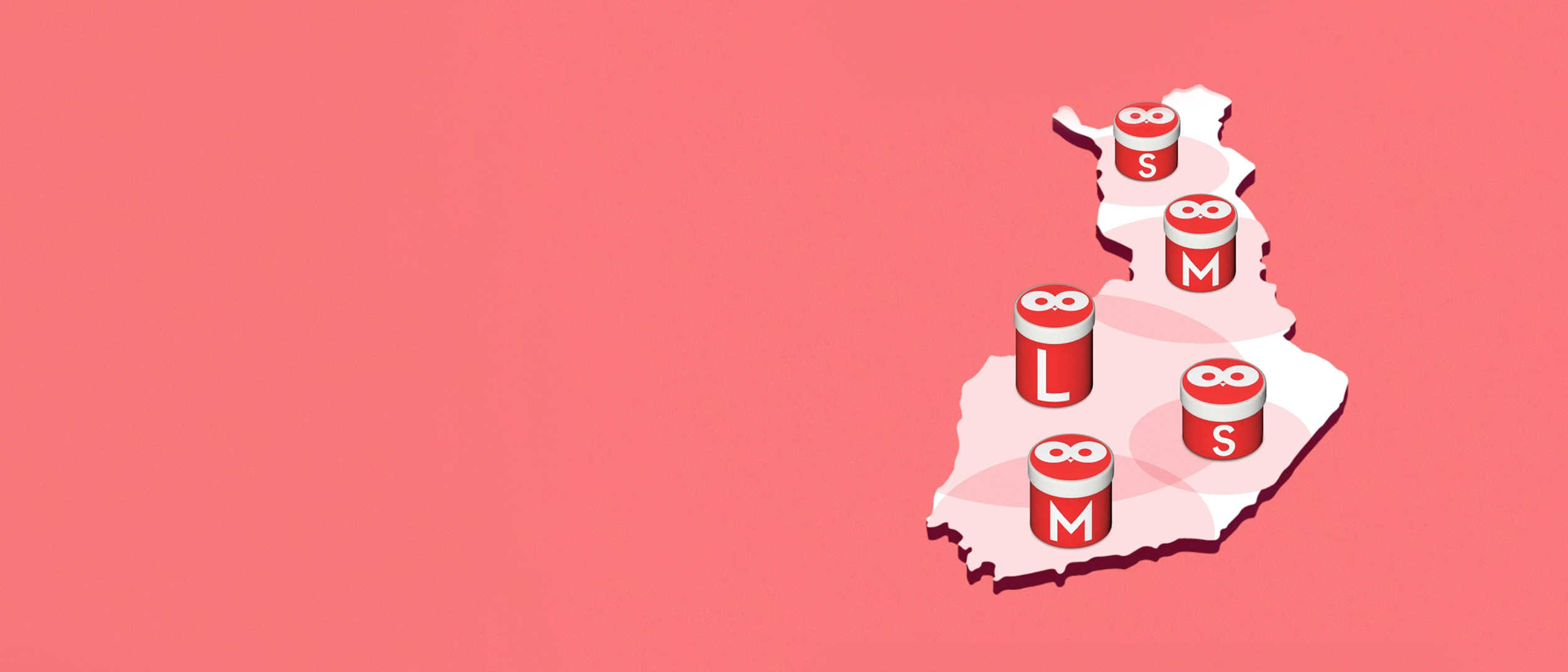


Ajankohtaisia artikkeleita ja referenssejä

CTV
MTV Video CTV on vaikuttava ison ruudun videomainonnan ratkaisu kaikenkokoisille brändeille
MTV Video CTV -ratkaisu sopii kaikenkokoisille brändeille, jotka haluavat tavoittaa laajasti kohderyhmiään digitaalisella mainonnalla ja videokampanjoilla.

VUOSI 2026
Laajaa tavoittavuutta ja aitoa vaikuttavuutta brändisi kasvuun – Katsaus MTV:n mainosratkaisuihin ja hintoihin 2026
Vuonna 2026 MTV laajentaa vahvaa Total TV -strategiaansa myös kelluvan ohjelmayhteistyön puolelle sekä tuo uuden ostovoimaisen kohderyhmän 45+ -vuotiaat.

VINKIT
Strategi vinkkaa: MTV Video CTV – Näin hyödynnät uuden ajan videomainontaa tehokkaasti
MTV:n strategi Veera Uotinen vinkkaa, miten kaikenkokoiset mainostajat voivat hyödyntää MTV Video CTV -mainontaa.

DIGI
”Sopii sekä pidempikestoiseen mainontaan että lyhyempiin lähtöihin” – Muru Agency osti ensimmäisenä Suomessa ohjelmallisesti kampanjan MTV3-kanavan digitaalisille mainoskatkoille
"Digikatkoissa on potentiaalia monenlaisiin mainostajien ja digitoimistojen tarpeisiin."

TOTAL TV
Tokmanni ajoitti Black Horse -kampanjansa keskelle kesää ja yllättyi Total TV:n laajan tavoittavuuden vaikutuksista myyntituloksiin
"Total TV -mainonta kesällä toimi meidän tapauksessa myynnillisesti ja brändillisesti."

TOTAL TV
Strand Properties -kiinteistönvälitysyrityksen strategiana on tavoitella pitkäaikaista kasvua – ja tässä tv-mainonnalla on keskeinen rooli
Strand Propertiesin lanseeraus Suomen markkinalle varmistettiin mainostamalla MTV:llä.